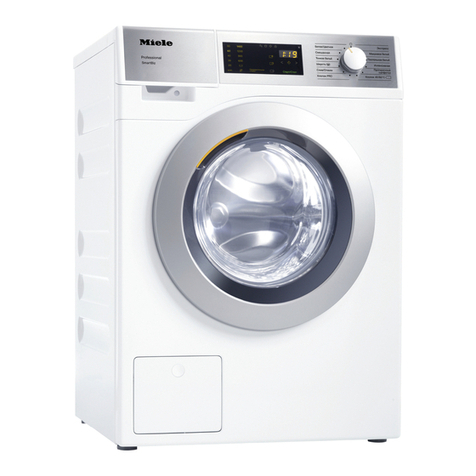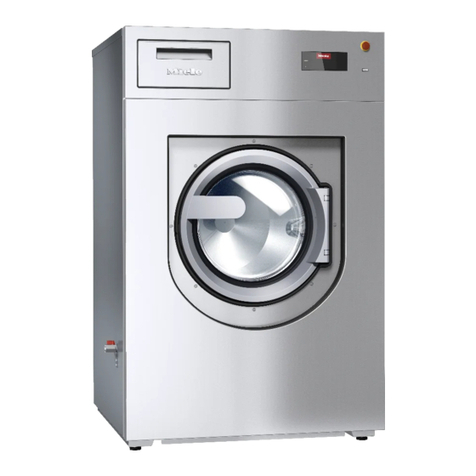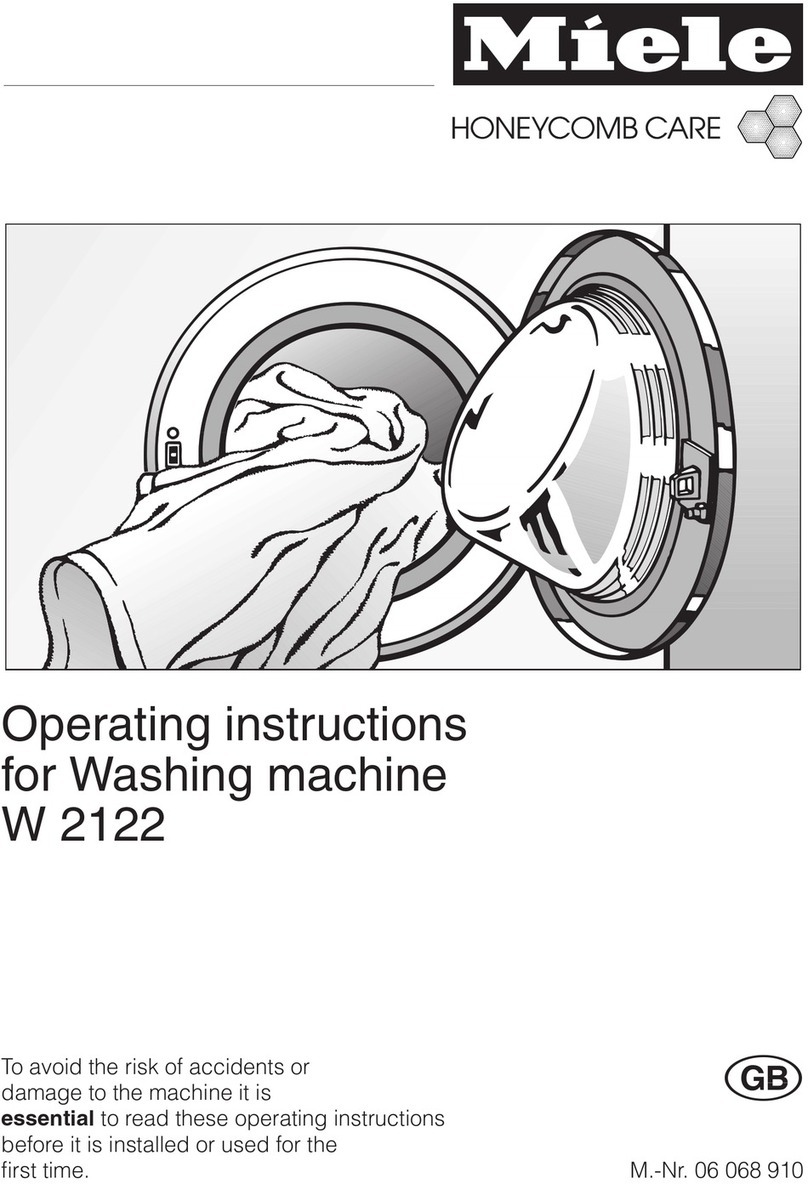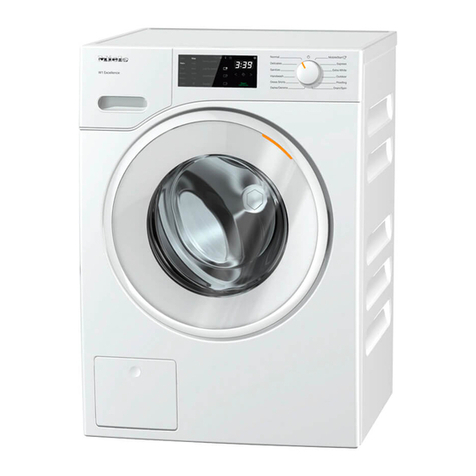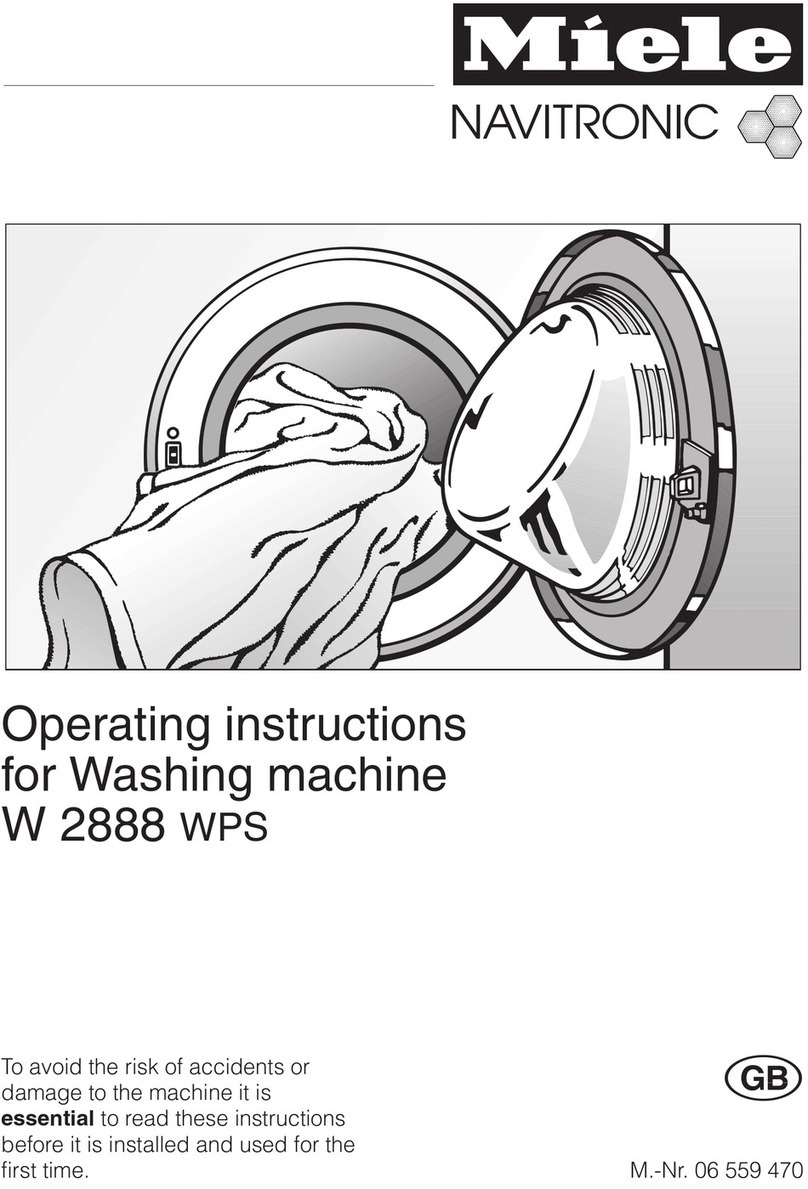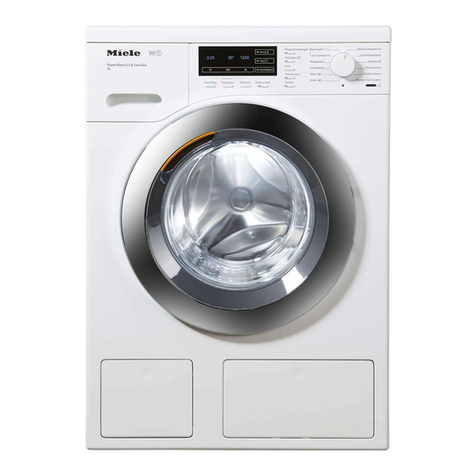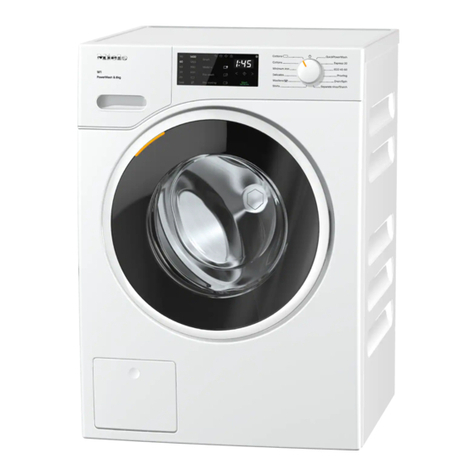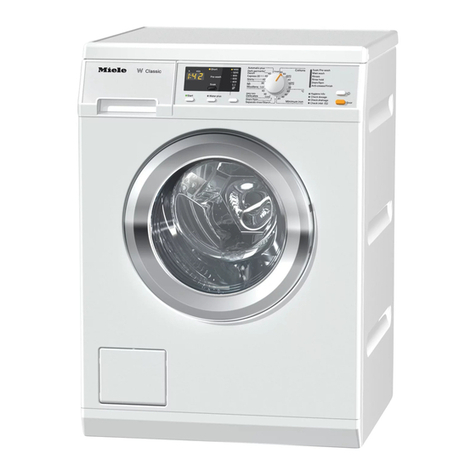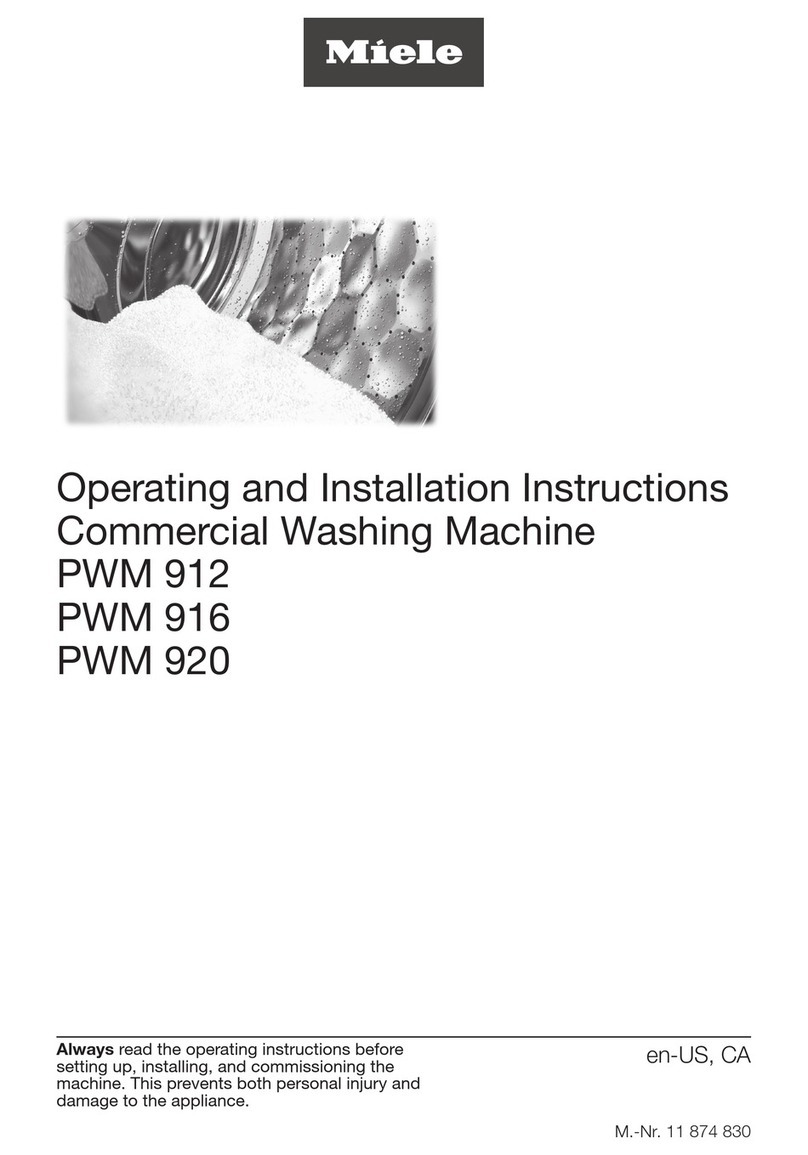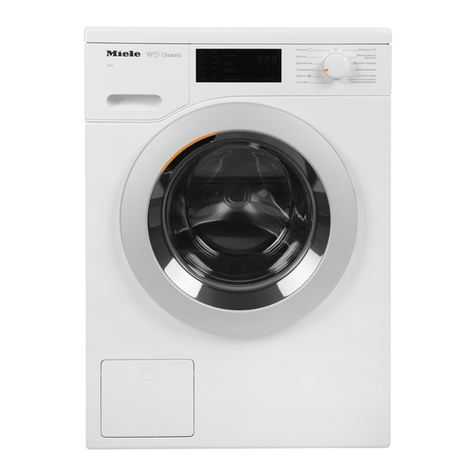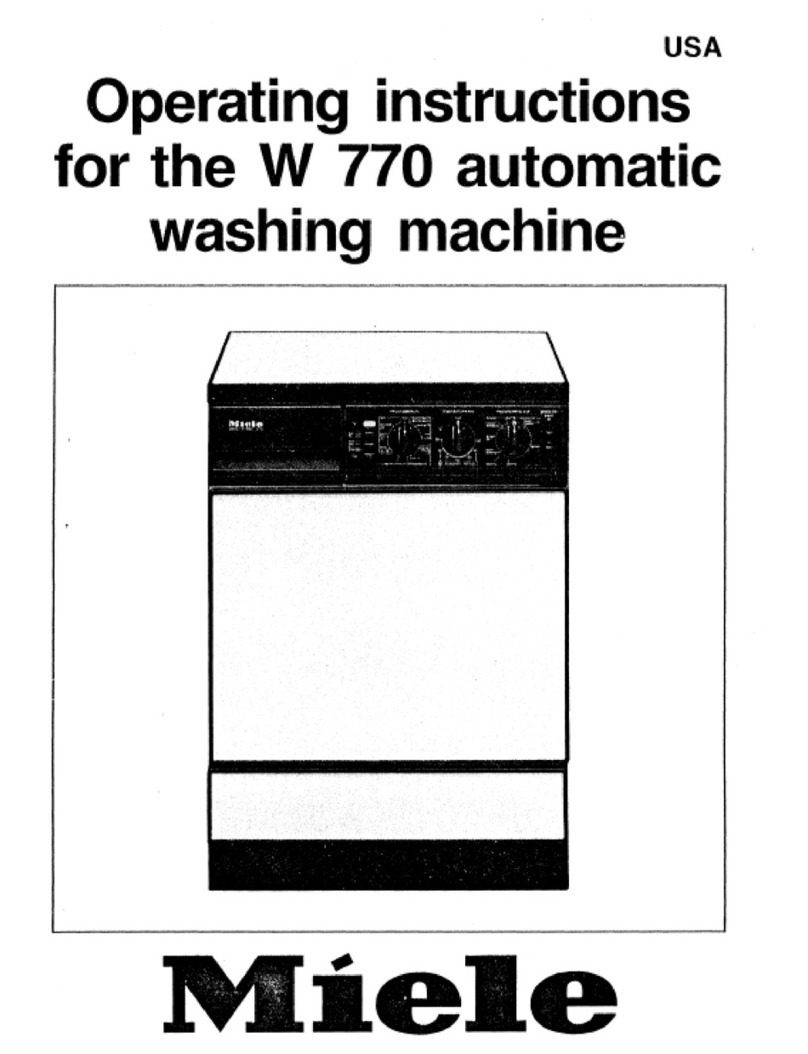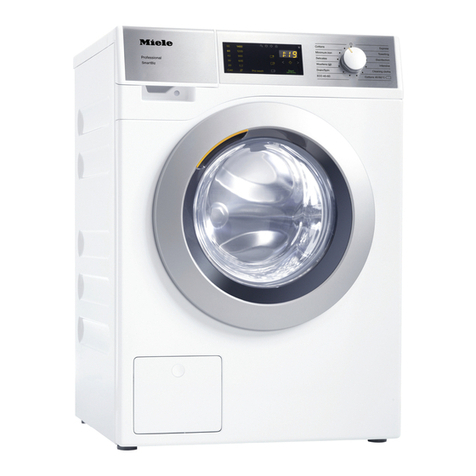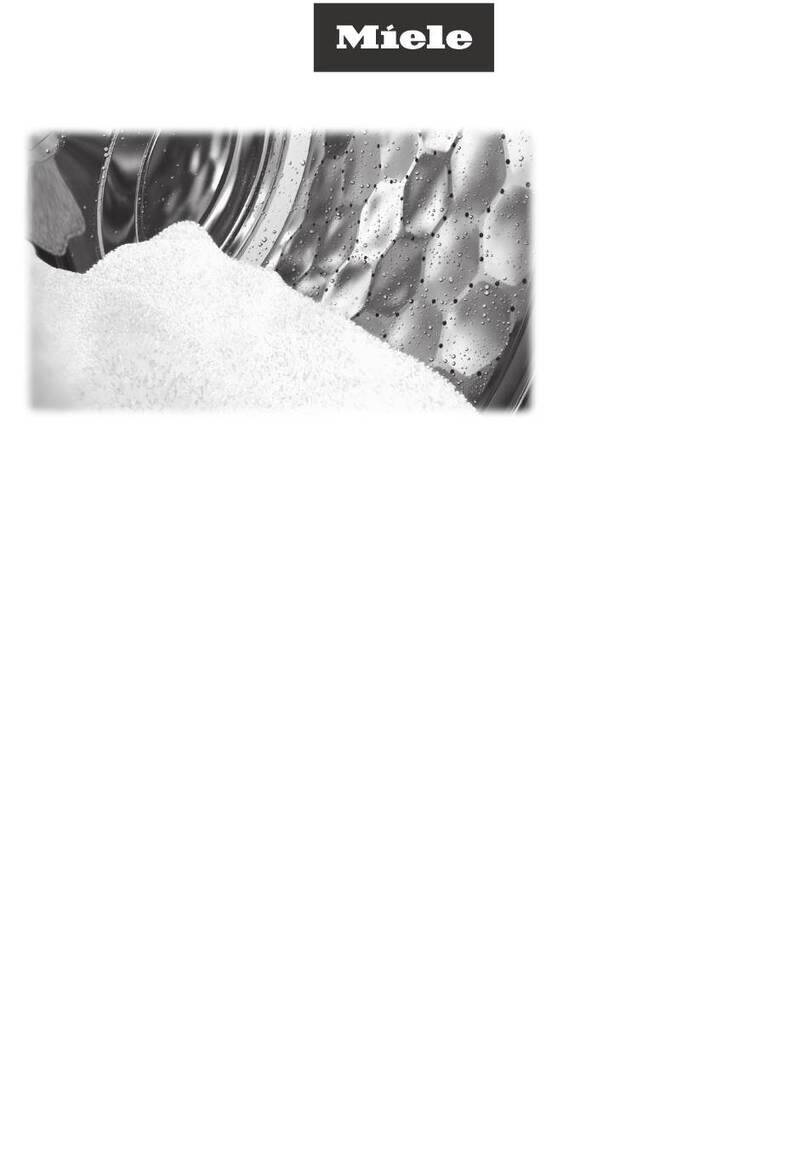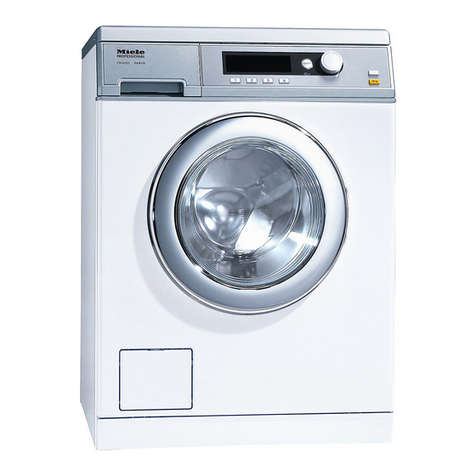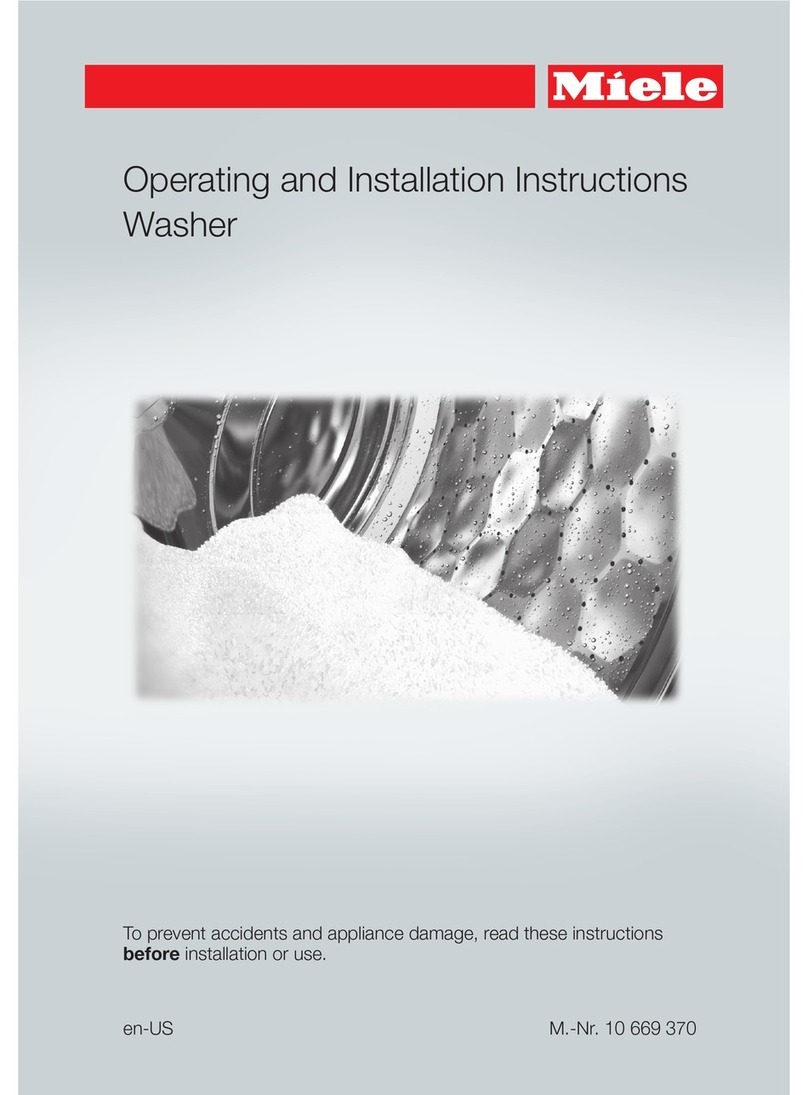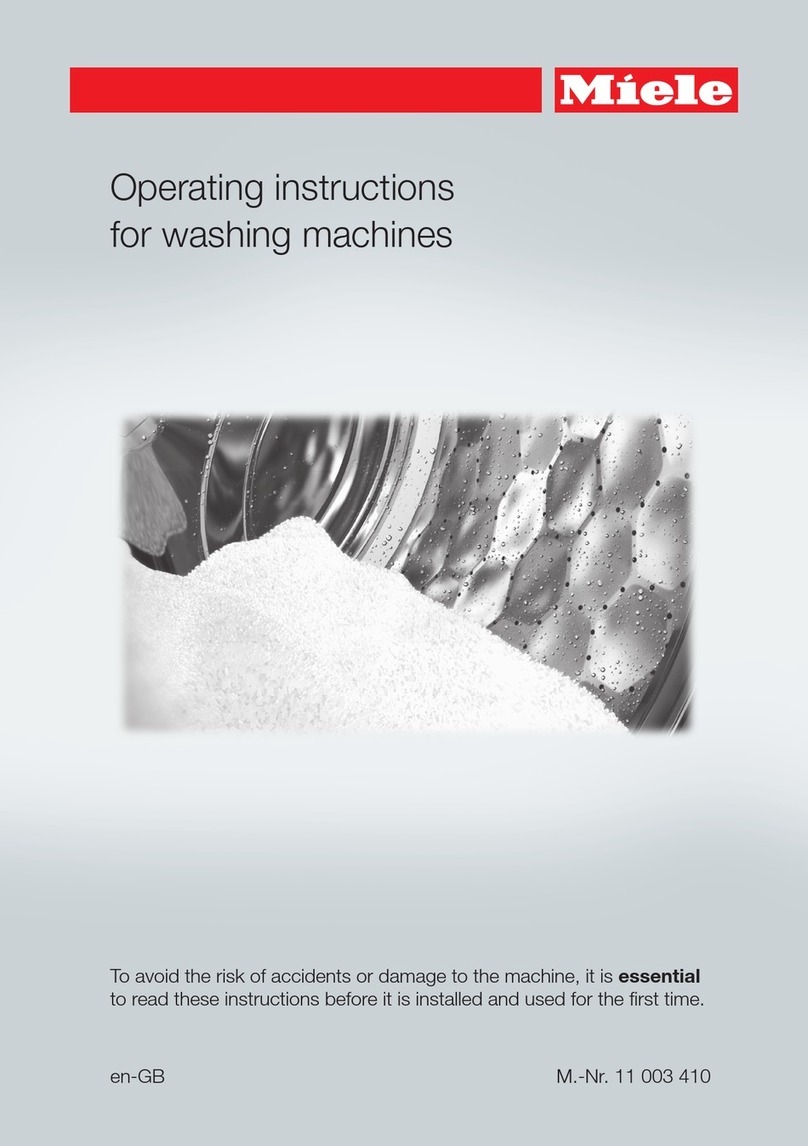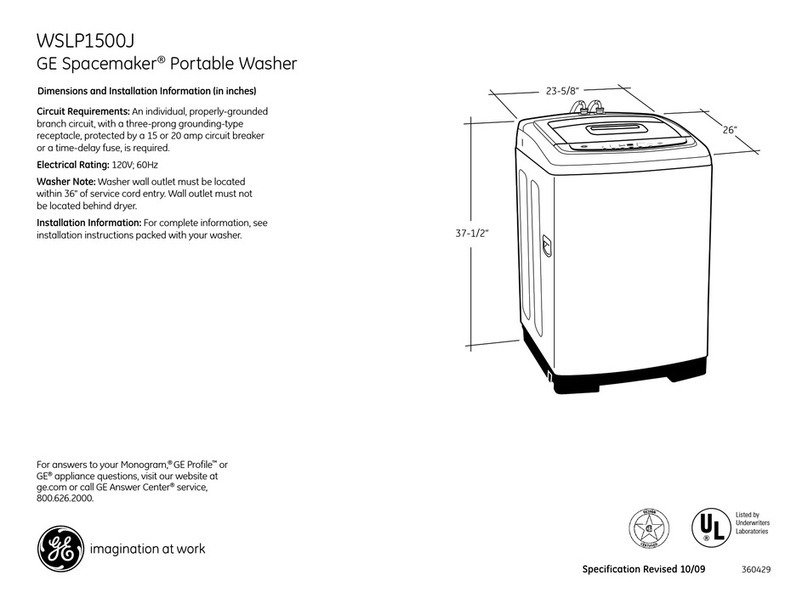
Contents
4
Surgical instruments (OP).................................................................................................. 40
Operating theatre shoes.................................................................................................... 41
Ophthalmology.................................................................................................................. 42
Anaesthetic instruments (AN) ............................................................................................ 44
Ear, nose and throat instruments (ENT)............................................................................. 45
Gynaecology (GYN) ........................................................................................................... 46
Baby bottles ...................................................................................................................... 47
Chemical processes and technology ............................................................................ 48
Adding and dispensing chemical agents ...................................................................... 51
Dispensing systems .......................................................................................................... 51
Labelling of the siphons ................................................................................................ 51
Rinsing agent..................................................................................................................... 52
Adding rinsing agent ..................................................................................................... 52
Refill indicator................................................................................................................ 53
Dispensing rinsing agent ............................................................................................... 53
Neutralising agent ............................................................................................................. 54
Replenishing neutralising agent .................................................................................... 54
Refill indicator................................................................................................................ 55
Dispensing neutralising agent ....................................................................................... 55
Instrument care products .................................................................................................. 55
Chemical disinfectant........................................................................................................ 56
Replenishing chemical disinfectant............................................................................... 56
Refill indicator................................................................................................................ 57
Dispensing chemical disinfectant.................................................................................. 57
Cleaning agent .................................................................................................................. 58
Replenishing liquid cleaning agent................................................................................ 58
Refill indicator................................................................................................................ 59
Dispensing liquid cleaning agent .................................................................................. 59
Operation.......................................................................................................................... 60
Selecting a programme ..................................................................................................... 60
Starting a programme ....................................................................................................... 60
Starting a programme using delay start ........................................................................ 60
Drying ............................................................................................................................ 62
Programme sequence indicator ........................................................................................ 64
At the end of the programme ............................................................................................ 64
Cancelling a programme ................................................................................................... 65
Programme cancelled due to a fault ............................................................................. 65
Cancelling a programme manually ................................................................................ 65
System messages ............................................................................................................. 66
Changing the filter ......................................................................................................... 66
Cleaning the filter combination and tubular filter .......................................................... 67
Low fill levels ................................................................................................................. 67
Wash pressure and spray arm monitoring ........................................................................ 68
Settings ......................................................................................................................... 69
Delay start ......................................................................................................................... 70
Drying ................................................................................................................................ 71
DOS venting ...................................................................................................................... 73
Language ....................................................................................................................... 74
Time of day........................................................................................................................ 75
